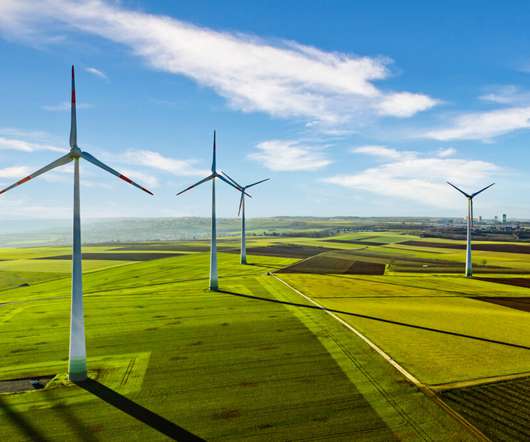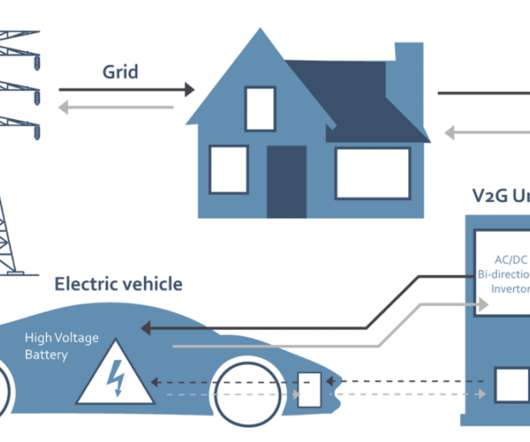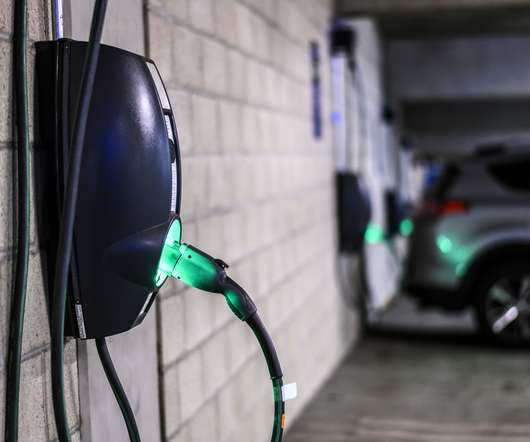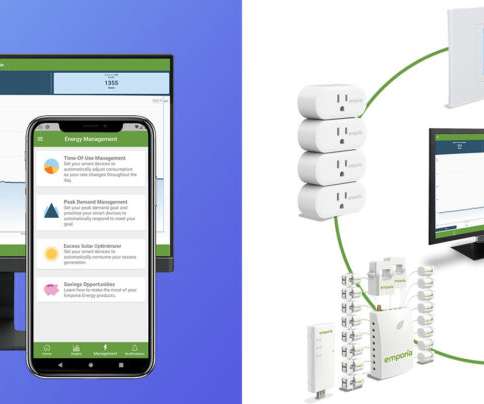The Role of Power Utilities in Turning EVs into a Grid Asset – Part 2
Driivz
MAY 10, 2022
When wind and sun are plentiful, excess clean energy can be stored in the batteries of EVs that are parked and connected to smart chargers. Stored energy is discharged from EV batteries at peak demand or when renewable energy availability is reduced.











Let's personalize your content